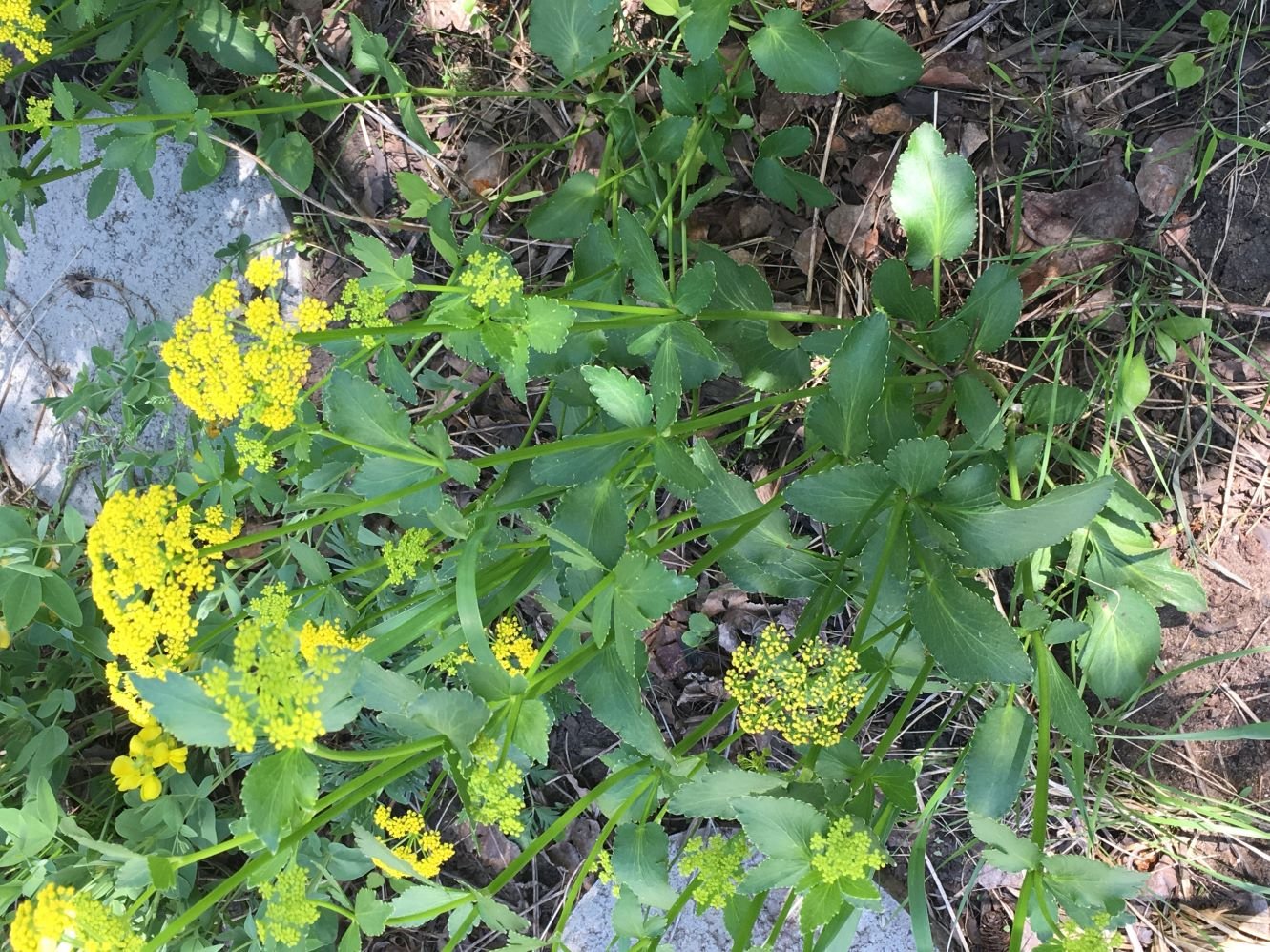Amisko Wacîw Mêskanaw is North America's longest river valley trail
The Amisko Wacîw Mêskanaw, or Beaver Hill Road, winds for more than 100 kilometres, crossing 8,000 hectares of parkland and connecting six municipalities along the North Saskatchewan River. It pays tribute to the historic Cree name for the trail, which was a significant corridor for trade and a gathering ground and ceremonial place for Indigenous communities throughout the region.
Linking Parkland County, Edmonton, Strathcona County, Fort Saskatchewan and Sturgeon County, the trail runs through Treaty 6 territory and the Métis Nation of Alberta Region 4. The trail project has been in the works since the early 1990s, driven by the River Valley Alliance.
Markers bearing the name will be placed every 50 kilometres, and a trail symbol designed by Dene/Métis Artist Matthew Weigel will be added to existing infrastructure to help with wayfinding.
Mountain Bluebird usually spotted because of the male’s sky-blue colour
Part of the thrush family, Mountain Bluebirds are smaller than an American Robin, but larger than a sparrow. They nest in natural cavities, on buildings, and in nest boxes. Nests are constructed from dry grass, stems, or pine needles, then lined with finer plant material, and can take more than a week to complete.
Typically, 4-8 eggs are laid and females will produce 1-2 clutches per year. They feed their young grasshoppers, beetles, and caterpillars. Mountain Bluebirds are adept at catching insects mid-air and will hunt for food on the ground, sometimes pouncing on prey.
When nesting season is over, Mountain Bluebirds will form flocks, eventually migrating south, with their southerly wintering grounds dipping into central Mexico. Specifications for building a Mountain Bluebird nest box can be found at https://bluebirdtrails.org/nest-box-building
Sound reflects the biodiversity and complexity of an ecosystem
There is a growing movement of people dedicated to protecting quiet places, not just for the sake of human well-being, but also because the loss of quiet spaces can have significant impacts on biodiversity and ecosystem health.
Many people are familiar with dark sky preserves, which provide some of the best stargazing experiences in the world. But instead of combating light pollution, Quiet Parks International tackles the problem of noise. The goal is not to make spaces quieter, it is to protect areas that are already quiet.
Sound is an indicator for the overall health of an ecosystem, according to Matt Mikkelsen. “Why does sound matter? It’s a really good indicator for the overall health of an environment. So when you have a healthy soundscape … that also means that other parts of that ecosystem are probably also functioning pretty well.”
Discoveries in the field include reduced reproductive success in eastern bluebirds nesting near noisy natural gas compressors and an increased heart rate in monarch butterfly caterpillars when exposed to highway noise.
https://thenarwhal.ca/protecting-quiet-spaces-natural-sounds/
Zizia aptera is a member of the carrot family
Zizia aptera is a flowering plant native to North America. Its common names include meadow zizia, golden alexanders, heart leaved golden alexanders, and prairie golden alexanders. It is an attractive mid-sized plant with glossy green foliage and golden-yellow flat-topped flowers.
These plants provide nectar and pollen as food for many insects active in the spring such as bees, flies, beetles, and other beneficial insects. Use to brighten a lightly shaded woodland corner or a sunny perennial bed.
Both the flowers and stalk are edible and the flowers can be prepared like broccoli. It has been used medicinally by both First Nations people and in western herbal medicine. Golden Alexander or zizia was used for headaches, fever, hysteria, epilepsy, chorea, leucorrhea, backaches and increasing sexual drive in men. https://www.edmontonnativeplantsociety.ca/wfindex/zizia-aptera
Map highlights historic, old, unique and rare YEG trees
Sherry writes “NAIT capstone students working with Shrubscriber and the Alberta Tree Register created a database of unique trees within the province. The developed map alongside the database allows users to view the existing trees and add new trees. Please check it out at https://albertatreeregister.github.io/Map/ “
The Convergence by Tony Bloom, Victoria Promenade https://www.edmontonpublicart.ca/#!/details/76
Comment or contribution
Please note that articles may not reflect the position of NSRVCS. River Valley News is meant to be a clearinghouse for the wide variety of opinions and ideas about Edmonton’s River Valley. Email river valley photos, event information, comments, or questions to nsrivervalley@gmail.com
Sincerely yours,
Harvey Voogd
North Saskatchewan River Valley Conservation Society
780.691.1712






